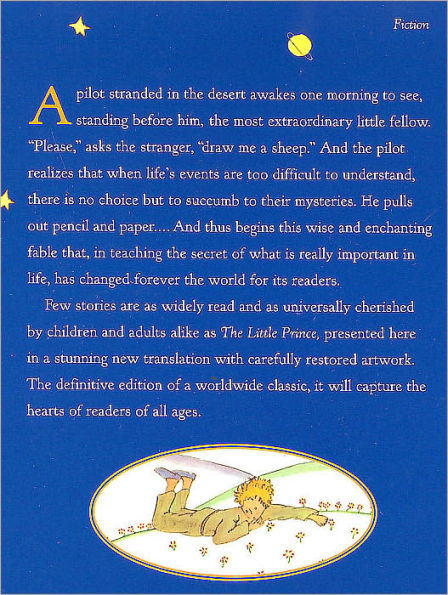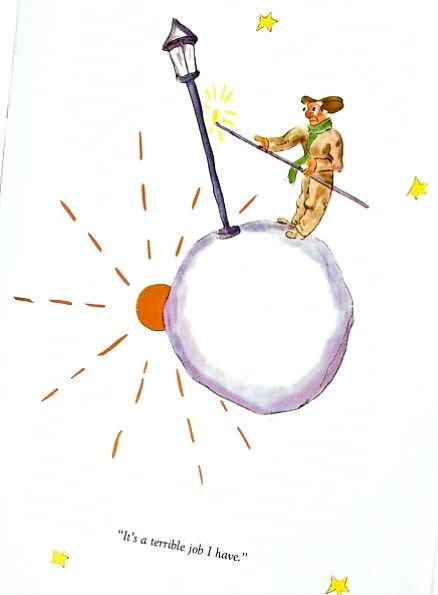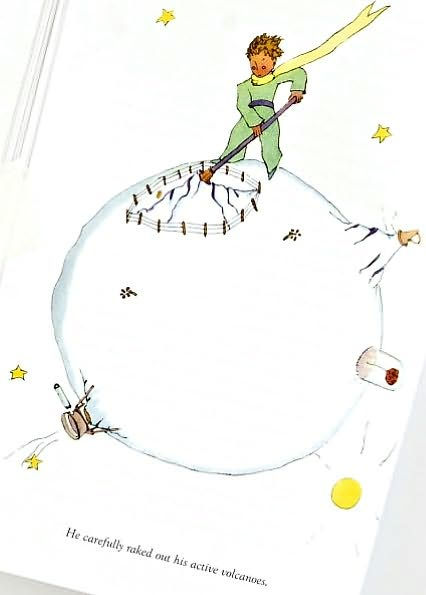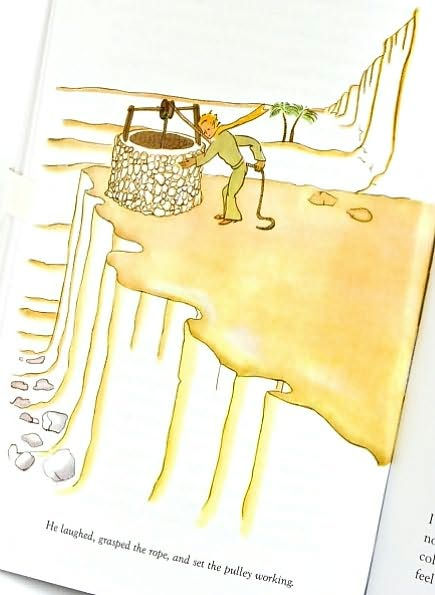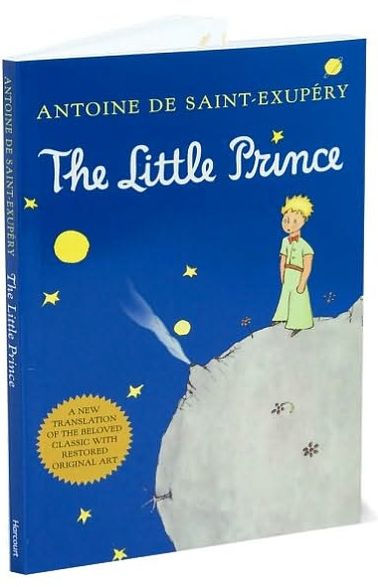Antoine de Saint-Exupéry (1900-1944), born in Lyons, France, is one of the world’s best loved and widest read writers. His timeless fable,
The Little Prince, has sold more than 100 million copies and has been translated into nearly every language. His pilot’s memoir,
Wind, Sand and Stars, won the National Book Award and was named the #1 adventure book of all time by
Outside magazine and was ranked #3 on
National Geographic Adventure’s list of all-time-best exploration books
. His other books include
Night Flight; Southern Mail; and
Airman's Odyssey. A pilot at twenty-six, he was a pioneer of commercial aviation and flew in the Spanish Civil War and World War II. In 1944, while flying a reconnaissance mission for his French air squadron, he disappeared over the Mediterranean.
Stacy Schiff is the Pulitzer Prize–winning author of several bestselling biographies and historical works including, most recently, The Witches: Salem, 1692. In 2018 she was named a Chevalier de l’Ordre des Arts et des Lettres by the French Ministry of Culture. Awarded a 2006 Academy Award in Literature from the American Academy of Arts and Letters, she was inducted into the Academy in 2019. Schiff has written for The New Yorker, The New York Times, The Washington Post, The New York Review of Books, The Times Literary Supplement, and The Los Angeles Times, among many other publications. She lives in New York City.
Antoine de Saint-Exupéry (1900-1944), born in Lyons, France, is one of the world’s best loved and widest read writers. His timeless fable, The Little Prince, has sold more than 100 million copies and has been translated into nearly every language. His pilot’s memoir, Wind, Sand and Stars, won the National Book Award and was named the #1 adventure book of all time by Outside magazine and was ranked #3 on National Geographic Adventure’s list of all-time-best exploration books. His other books include Night Flight; Southern Mail; and Airman's Odyssey. A pilot at twenty-six, he was a pioneer of commercial aviation and flew in the Spanish Civil War and World War II. In 1944, while flying a reconnaissance mission for his French air squadron, he disappeared over the Mediterranean.
Stacy Schiff is the Pulitzer Prize–winning author of several bestselling biographies and historical works including, most recently, The Witches: Salem, 1692. In 2018 she was named a Chevalier de l’Ordre des Arts et des Lettres by the French Ministry of Culture. Awarded a 2006 Academy Award in Literature from the American Academy of Arts and Letters, she was inducted into the Academy in 2019. Schiff has written for The New Yorker, The New York Times, The Washington Post, The New York Review of Books, The Times Literary Supplement, and The Los Angeles Times, among many other publications. She lives in New York City.











